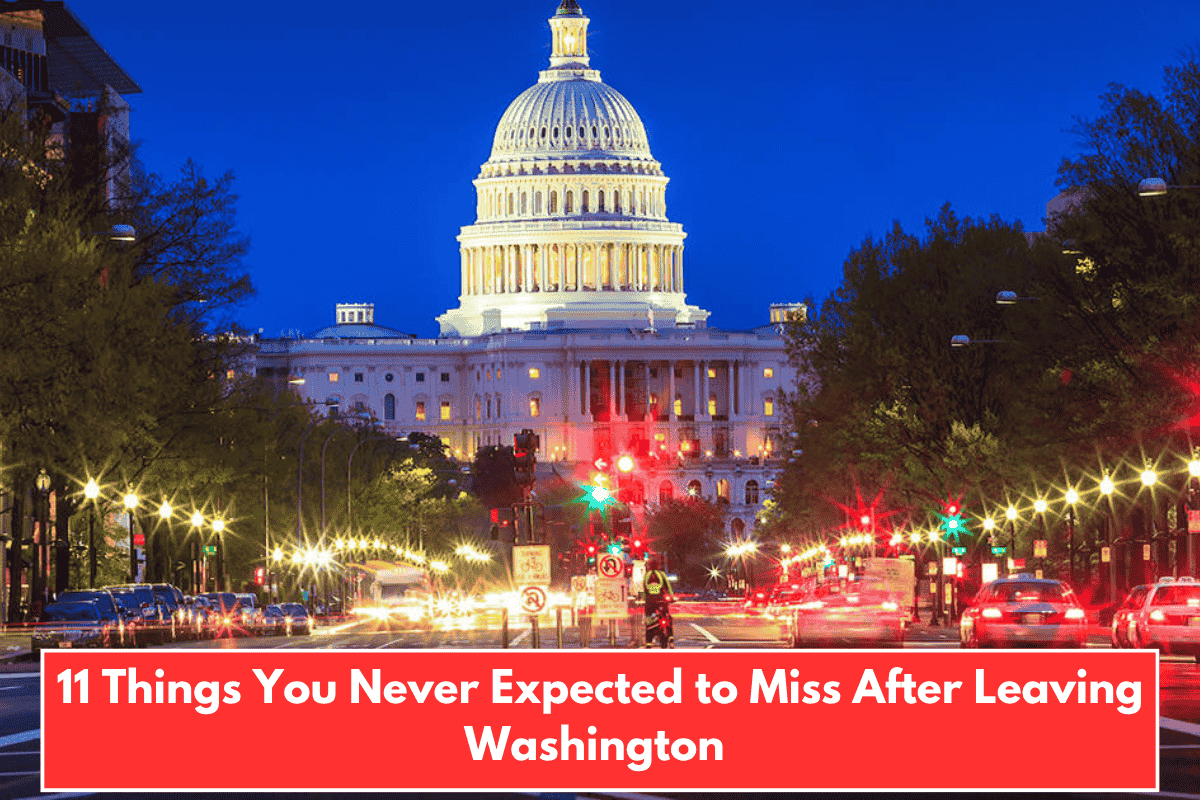Have you ever wondered why some states follow Daylight Saving Time (DST) while others don’t? In the United States, most states adjust their clocks during the spring and fall to save daylight hours. But not all states participate. Delaware is one of those states that doesn’t follow this system, and there’s a simple reason behind it. In fact, another state also skips DST, and the reason for both is closely tied to geography and practicality.
What is Daylight Saving Time?
Daylight Saving Time is a practice where clocks are set forward by one hour in the spring and set back in the fall. The main idea behind this is to make better use of daylight during the longer days of the year. This system was designed to help people make the most of daylight in the evening, which can save energy and allow for more outdoor activities.
However, not all states in the U.S. follow this practice. Delaware is one of the states that doesn’t follow DST, along with another state — Hawaii. So, what’s the reason behind this?
Why Doesn’t Delaware Do Daylight Saving Time?
Delaware doesn’t follow DST mainly because of its location. The state is situated in a region where the benefits of daylight saving are not as significant as in other parts of the country. Here’s why:
Geographical Location
Delaware is located on the eastern side of the U.S., in the same timezone as many states that do follow DST. But being in the northeastern part of the U.S. means the daylight hours are already quite balanced. The longer days of summer in this region don’t require any major adjustments to benefit from the extra daylight.
Historical Factors
Delaware also has a history of not adopting DST. Historically, the state found that it didn’t make much of a difference in terms of saving energy or improving daily life. The minor shift in daylight wasn’t seen as a major improvement, and so the state simply opted to not follow the practice.
Local Considerations
Since Delaware is a relatively small state, it may not have seen the same level of need for DST as larger, more rural states. Local governments might have found it easier to avoid the complex change, considering that Delaware’s economy and activities don’t heavily rely on long daylight hours compared to larger farming states or those in more southern regions.
The Other State: Hawaii
Delaware isn’t the only state to skip DST. Hawaii, located far in the Pacific, also doesn’t use Daylight Saving Time. Hawaii’s location closer to the equator means the state has relatively consistent sunrise and sunset times throughout the year. As a result, there’s no real need for shifting the clocks.
Hawaii’s Unique Position
The unique geographical position of Hawaii, along with its tropical climate, makes Daylight Saving Time unnecessary. The island state experiences nearly the same amount of daylight year-round, so there’s no significant need for an adjustment. The long periods of daylight in summer don’t change much from the short days in winter, so it’s simply not needed.
So, the very simple reason why Delaware and Hawaii don’t observe Daylight Saving Time comes down to practicality and location. Both states have relatively stable daylight hours throughout the year. While other states may benefit from the system of shifting the clocks, Delaware and Hawaii find it unnecessary due to their geographical positions. It’s a good example of how local geography and climate can influence the decisions made about daylight saving.
Delaware and Hawaii’s choice not to observe DST is a reminder that one size doesn’t fit all when it comes to policies. States make decisions based on their unique needs, and in these two cases, skipping the clock change works best.
SOURCES
[1] https://www.rd.com/article/states-dont-observe-daylight-saving-time/
[2] https://www.cbsnews.com/news/states-without-daylight-saving-time/
[3] https://www.timeanddate.com/time/change/usa
[4] https://en.wikipedia.org/wiki/Daylight_saving_time_in_the_United_States
[5] https://www.forbes.com/sites/brittanyanas/2024/10/30/what-states-dont-do-daylight-savings/














